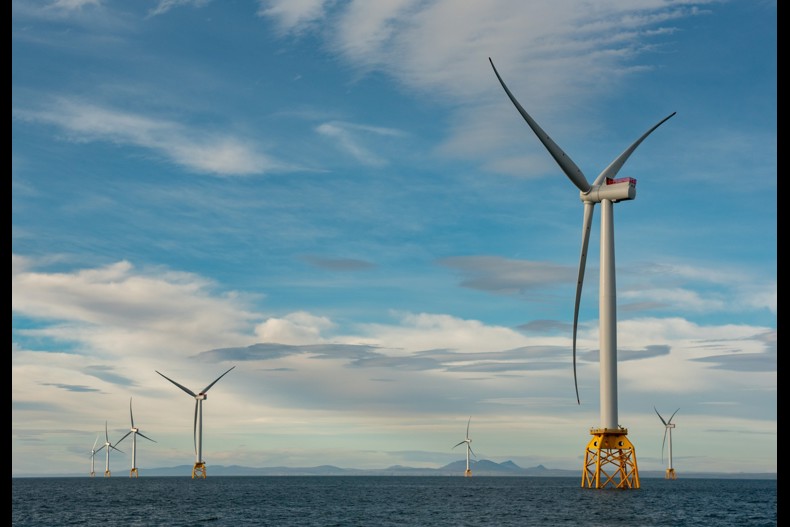
The future of the offshore wind sector has reached a crossroads of sorts. The drive to reduce the cost of offshore wind was rightly the focus for so many years with auctions for subsidy or revenue stabilisation focused on price discovery – in other words, awarding the lowest cost projects on an Levelised Cost of Energy (LCOE) basis. But to be successful in ultra-competitive auctions, developers have relied on the availability of bigger turbines, pushed into more challenging offshore areas to capture higher wind speeds, and turned to lowest cost international supply chains. As governments have reduced price caps in auctions to record low levels, we have started to see undersubscribed auctions, suggesting that the downward cost trajectory is no longer sustainable.
Some countries, such as the Netherlands, Denmark and Germany have done away with any form of revenue stabilisation for offshore wind altogether, with auctions now focused on allocating seabed rights.
At the same time, many countries globally are rapidly ramping up their offshore wind deployment targets and making huge swathes of seabed available via tenders and auctions. Just recently, Denmark, the first country to deploy offshore wind, announced its intention to auction up to a whopping 14GW in one go to be built by 2030! These targets are clearly driving market interest, not only amongst established offshore players like SSE, but also lots of new entrants.
So, as we stand at these crossroads, the question many countries (and sub-state actors) are struggling with is how best to auction new seabed rights (and CfDs where available). While the attractiveness of auctioning on the basis of lowest price is the belief that it will lead to the lowest costs in the short term, it doesn’t always reward the best site, project, or developer which often results in missing out on wider long term societal benefits – achieving industrial strategies; enhancing the environment; boosting innovation.
Putting it simply – the price isn’t always right.
That is why governments are increasingly using non-price criteria (NPC) in auctions. And there is a really wide range of such criteria – everything from assessing the credibility of developers and their project plans; to development of local supply chains. The drivers are different everywhere but it is clear that they will be used more widely in future. Motivated by a desire to increase European supply chains, the European Union has proposed via its Net Zero Industry Act that 30% of all renewables auctions criteria should be non-priced based.
SSE Renewables has extensive experience of non-price criteria, having participated in auctions including ScotWind, the most recent Polish offshore license tender; and the Hollandse Kust West tenders in the Netherlands. Overall, we support greater use of NPC - if designed and implemented properly, they can help deliver and maximise longer term benefits for society by rewarding the projects and developers on a wider basis than simply who can bid the lowest (or the most in the case of seabed auctions or negative bidding).
To contribute to the debate, we have today published a short paper on the use of non-price criteria. We have separated out what type of criteria are best suited for mature and new offshore wind markets; as well as whether it is an auction for seabed or for a CfD.
NPC are by no means an easy fix or a silver bullet. To be successful, they must be implemented in a way that makes them a credible part of a competitive process that may incorporate price-led competition. One strong theme is the need for NPC to be set and assessed in a transparent way, ensuring that developers make achievable commitments that they are then held to and appropriately penalised if not delivered. First and foremost, the deliverability of the offshore wind project must be the key criteria if ambitious targets are to be met. NPC certainly risks making things more complicated, and we must avoid situations whereby unrealistic commitments are made simply so developers can win bids.
SSE Renewables looks forward to continuing to engage constructively in discussions on this topic at a UK, European and global level through organisations such as Wind Europe, GWEC, and the Global Offshore Wind Alliance; as well as directly with governments and regulators.


